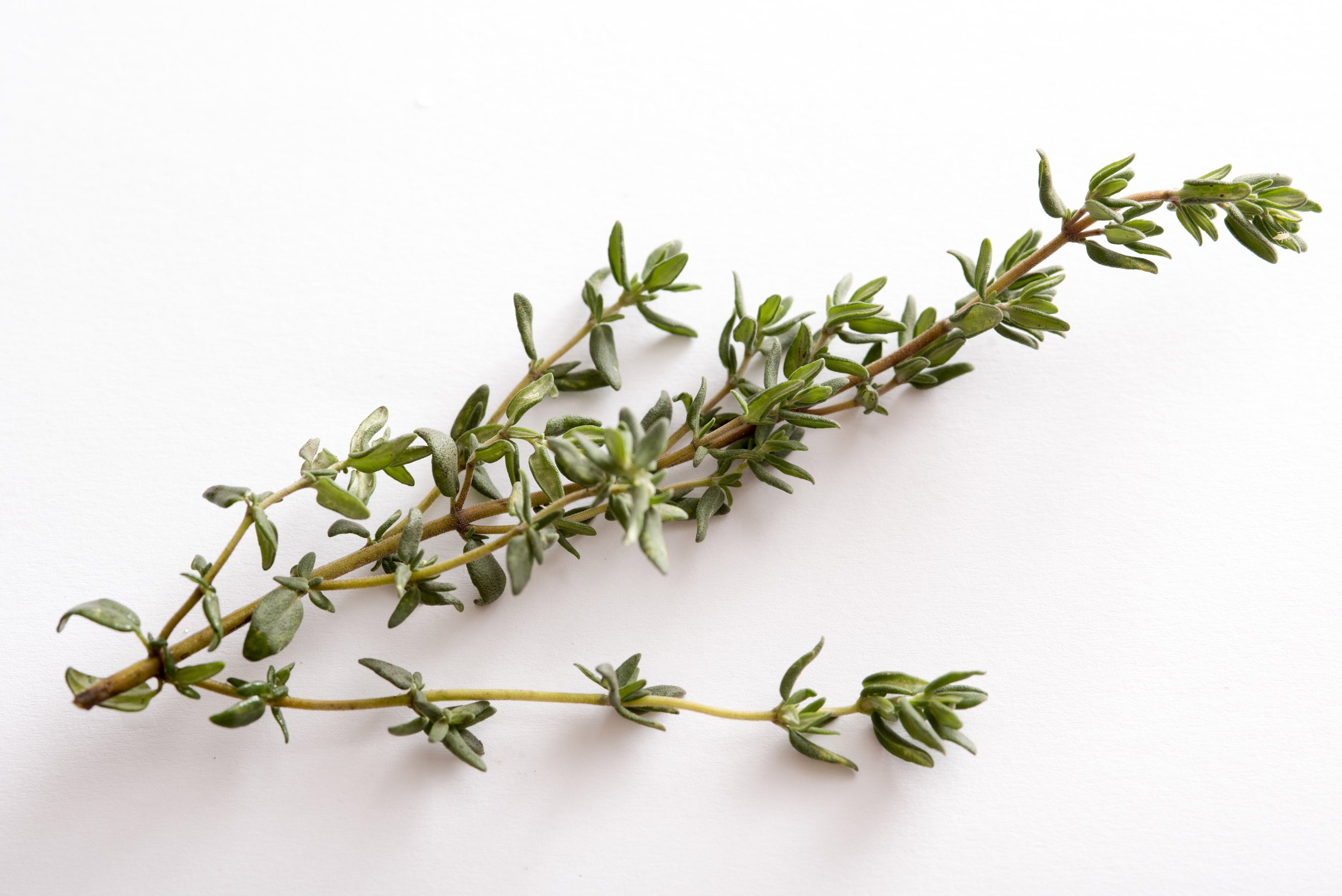Winter is not coming, friends. Winter is here!
By Nicole Acosta Nemergut
The traditional Chinese calendar is organized by 24 solar terms. These are two-week periods to both mark time and the seasonal changes that happen throughout the year. Some of these names are direct and self-explanatory like Major Heat (July 23) and Beginning of Spring (February 4). Others might seem more romantic and describe phenomena we’ve lost touch with such as Awakening of Insects (March 6) and Cold Dew (October 8). We’re currently, at the beginning of November in the Start of Winter (November 8).
The leaves have turned. The frost has settled, and it is dark. All land-based cultures have ways to notice, mark, celebrate or tolerate the cold months and short days. For us in New York we mark the change of seasons from fall to winter with the sweet sounds of Mariah Carey ringing through all public places. For others it may be putting away the summer clothes and taking out sweaters or resting gardening beds and planting bulbs for next year. Within Chinese Medicine winter is the season of water and of the Kidneys, our deepest organs. It’s a time to retreat inward. To be home. To preserve warmth. To enjoy all that we grew in the spring, harvested in the summer, and preserved in the fall. It’s a time for mending, rest, and repair.
Acupuncture for Winter
Winter is a wonderful time to get acupuncture to address long term or chronic issues. This is the period in the year for rest and repair. If there is something that has been bothering you but hasn’t quite disrupted your life now is a great time to work on it. Likewise, if you’ve been sick and feel mostly better, acupuncture and deep rest can be the difference between a full recovery and lingering symptoms.
A Winter Herb: Thyme
I’ve been recommending thyme to almost everyone this month. Many of us have made it through the back to school, start of fall colds and coughs but have lingering phlegm and mucus.
Thyme is a powerhouse for our respiratory system, tastes good and is easily accessible. We can find it fresh or dried at any grocery store, in farmers markets or even grow it easily ourselves.
Thyme has an affinity for the Lungs. It is an expectorant, antibacterial, and antiviral. We can use food grade herbs like thyme with a heavy hand, adding fistfuls to broths or stews. We can throw some in whenever we roast something. We can even drink it as tea.
Thyme Honey Recipe
Thyme honey is a delicious sweet and savory preparation.
Materials and Ingredients:
1 4 oz jar
1 bunch of fresh thyme
4 oz raw honey
Directions
Place your thyme in a jar.
Cover it with honey.
That’s it!
You can leave it on the stalks if you want to easily pull it out of the honey or you can strip the tiny leaves and they will be part of the mixture.
Let the honey infuse for at least two weeks.
Add a spoonful to tea, hot water, drizzle over oatmeal or yogurt or just enjoy it on its own by the spoonful.
Further Winter Reading
Frederick by Leo Lionni
A small mouse finds his own unique way to contribute to his community’s preparations for winter. This is a sweet book to remind us to not only nourish our physical bodies but our spirits and imaginations as well.
Wintering by Katherine May
This much needed book by Katherine May highlights the important of rest and retreat in a culture that prioritizes constant movement and action





